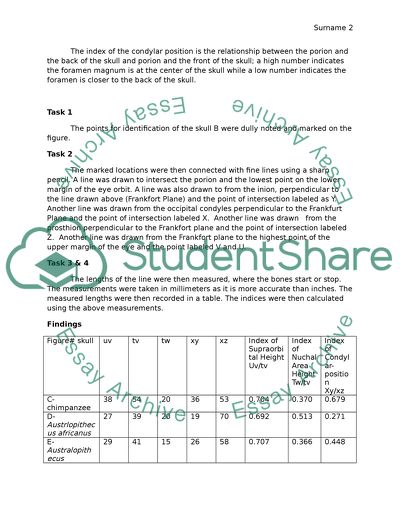Cite this document
(“Skull Essay Example | Topics and Well Written Essays - 1000 words”, n.d.)
Retrieved from https://studentshare.org/anthropology/1693168-skull
Retrieved from https://studentshare.org/anthropology/1693168-skull
(Skull Essay Example | Topics and Well Written Essays - 1000 Words)
https://studentshare.org/anthropology/1693168-skull.
https://studentshare.org/anthropology/1693168-skull.
“Skull Essay Example | Topics and Well Written Essays - 1000 Words”, n.d. https://studentshare.org/anthropology/1693168-skull.


